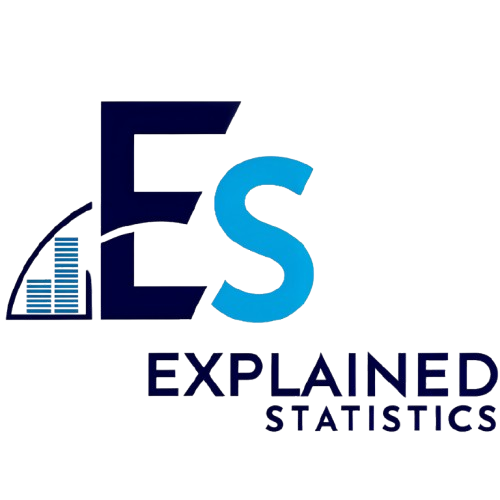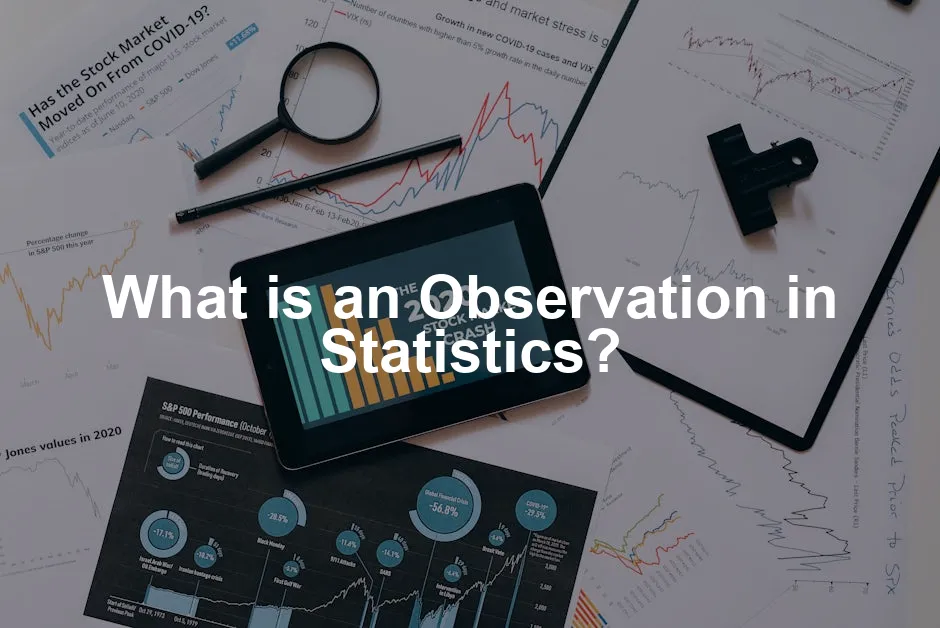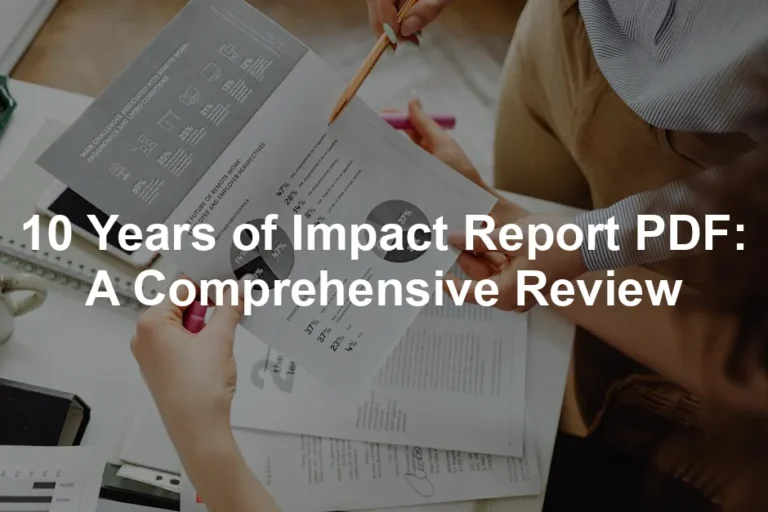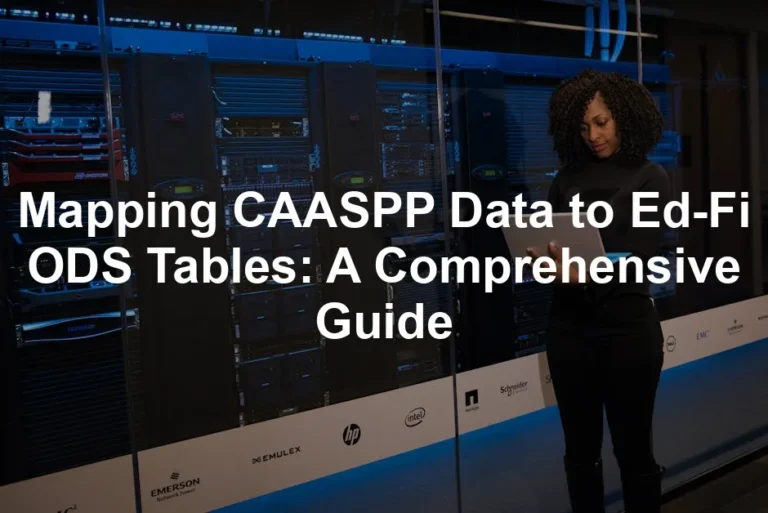Introduction
In the world of statistics, an observation holds a pivotal role. Think of it as a single snapshot of data collected during a study or experiment. Each observation is a building block, contributing to a larger picture of understanding. Whether you’re measuring the weight of turtles or tracking student grades, observations are essential for gathering meaningful insights.
Understanding observations is crucial for students, researchers, and professionals alike. Why? Because they form the foundation of data analysis. Without accurate observations, your conclusions can be as shaky as a Jenga tower in a windstorm. If you’re a budding statistician or someone involved in data-driven decision-making, grasping the concept of observations will help you navigate the often murky waters of data interpretation.
So, what exactly is an observation? In the simplest terms, it’s a single instance of data collection. For example, when you weigh one turtle, that’s one observation. If you weigh 15 turtles, you now have 15 observations. This concept is not just limited to biological studies. Observations are used across various fields, from healthcare, where patient data is collected, to economics, where market trends are analyzed, and even in social sciences, where human behavior is studied. To dive deeper into the world of statistics, consider picking up Statistics for Dummies by Deborah J. Rumsey.
In essence, an observation is the value of a variable at a specific point in time or context. It’s the raw material from which statistics are crafted. Understanding how to collect and interpret observations can empower you to make informed decisions, whether you’re developing new policies, conducting scientific research, or simply trying to understand patterns in everyday life.
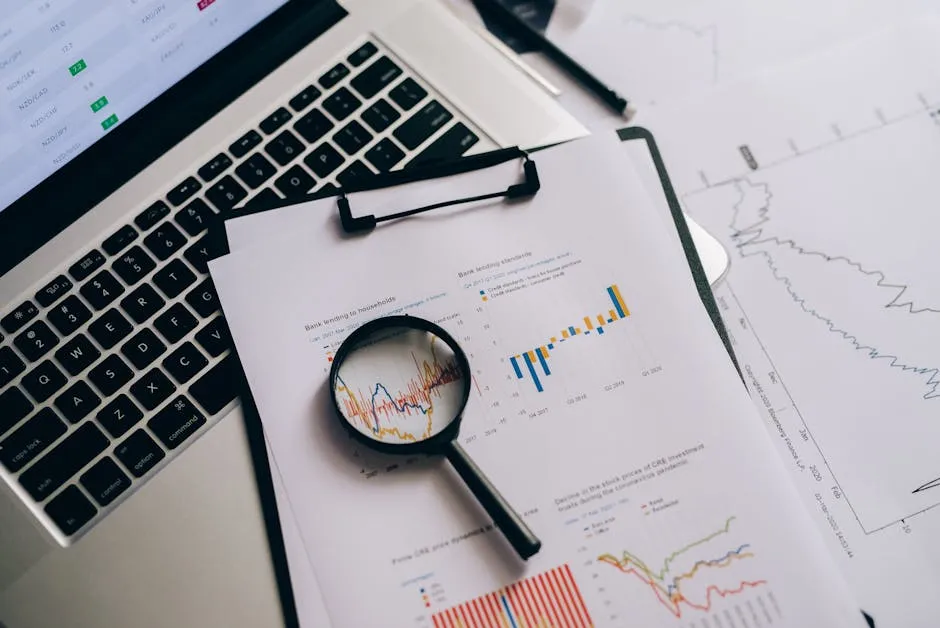
Understanding Observations in Statistics
What is an Observation?
An observation in statistics is defined as a single instance of data collection. Each observation provides a unique piece of information that contributes to an overall dataset. For example, if you’re assessing the weights of turtles, each weighed turtle counts as one observation. If you have a dataset with the weights of 15 turtles, you have a total of 15 observations.
To visualize this further, let’s consider a practical scenario. Imagine you’re conducting a study to determine the average height of students in a school. Each student you measure represents one observation. If you collect data from 30 students, that’s 30 observations, each reflecting an individual’s height.
Observations can be associated with multiple variables. For instance, in the turtle study, each observation (the weight of a turtle) could also include additional information like length and region. Thus, a dataset might include observations like:
– First observation:
– Weight: 290 pounds
– Length: 30 inches
– Region: East
– Second observation:
– Weight: 296 pounds
– Length: 35 inches
– Region: East
Here, each turtle’s weight, length, and region form a collection of variables linked to each observation. If you’re keen on learning more about statistical analysis, check out R for Data Science by Hadley Wickham.
In statistical software like Excel or R, the number of observations in a dataset corresponds to the number of rows. For example, a dataset with 100 rows indicates there are 100 observations. This organization allows for efficient data analysis and visualization, making it easier to identify trends or patterns.
In summary, observations are the cornerstone of statistical analysis. They provide individual data points that, when aggregated, reveal meaningful insights. Whether you’re a novice or a seasoned statistician, mastering the concept of observations is key to unlocking the secrets hidden within your data.

The Role of Observations in Data Sets
Data Structure
Observations are the backbone of datasets. Think of a dataset as a well-organized library. Each book represents a unique observation, and the rows in a table mirror the books on the shelves. In statistical software like Excel or R, each row corresponds to a single observation. If you have a dataset with 100 rows, you’re looking at 100 observations. This structure allows researchers to analyze data efficiently.
For instance, when collecting data on students’ test scores, each student’s score is an observation. When compiled, the scores create a dataset where each row holds the key to understanding academic performance. Organizing these observations neatly ensures that patterns and insights are easy to spot.
Variables
Now, let’s talk about variables. Each observation can have multiple variables associated with it, much like a person has many characteristics. In our student example, each observation (the student’s score) might also include variables like age, gender, and major. Imagine a table where each row lists a student’s score alongside their age and major. This collection of variables helps provide a complete picture of the data.
For example:
– First observation:
– Score: 85
– Age: 20
– Major: Biology
– Second observation:
– Score: 90
– Age: 21
– Major: Mathematics
This relationship between observations and variables is crucial. It allows researchers to analyze how different factors influence outcomes. By examining these variables, we can uncover trends, such as whether older students tend to score higher than younger ones. If you’re interested in understanding statistical inference, grab a copy of Statistical Inference by George Casella and Roger L. Berger.

Units of Observation
Definition
A “unit of observation” refers to the specific entity or item that is being measured or counted. It is the fundamental element of data analysis that helps researchers focus their studies. For example, if we’re studying the impact of diet on weight loss, the unit of observation might be individual participants or even specific meals.
When analyzing data, the unit of observation can vary significantly depending on the research question. Understanding this term is essential. It ensures that researchers accurately interpret their data and draw valid conclusions.
Types
Units of observation can be categorized into three main types: individual, group, and aggregate levels.
1. Individual Level:
This type focuses on single entities, such as individual people or animals. For example, if you’re studying the weight of each turtle in a study, each turtle is an individual unit of observation.
2. Group Level:
Here, the focus shifts to groups of individuals. For instance, if you’re analyzing the average test scores of students in a class, the class itself becomes the unit of observation.
3. Aggregate Level:
This level involves summarizing data across larger populations. For example, when examining average income by city, each city serves as the unit of observation.
By understanding these types of units, researchers can better design their studies and ensure that their findings are relevant and accurate. This clarity in defining units of observation helps to avoid common pitfalls in data analysis, such as misinterpreting results or drawing incorrect conclusions. If you want to explore the art of data analysis, consider reading The Art of Statistics: Learning from Data by David Spiegelhalter.

Structured vs. Unstructured Observations
Definitions
Structured observations are like a tight script for a play. The researcher knows exactly what to look for. This format reduces the potential for bias. Specific criteria guide the observer. In contrast, unstructured observations resemble an improvisational theater performance. The observer keeps an eye on various phenomena without a rigid framework. This can lead to rich, detailed insights but may introduce bias.
Examples
Imagine a structured observation in a classroom. The researcher notes how many students raise their hands during a lesson. Each hand raise is a clear data point. Now consider an unstructured observation in the same classroom. The researcher watches student interactions throughout the day, noting everything from laughter to side conversations. While the latter offers depth, it can be less focused. If you’re interested in learning more about practical statistics, check out Practical Statistics for Data Scientists by Peter Bruce.

Participant vs. Non-Participant Observations
Definitions
Participant observations involve the researcher diving into the environment they’re studying. They engage with subjects, becoming part of the scene. This can yield valuable insights but risks influencing the behavior of those being observed. On the other hand, non-participant observations keep the researcher at a distance. They observe without direct involvement, maintaining a neutral stance.
Implications
Choosing between these approaches can significantly affect data collection. Participant observations may lead to richer, more nuanced data but can also introduce bias. For instance, if a researcher is too involved in a group, they might overlook certain behaviors. Conversely, non-participant observations provide objectivity, but the lack of interaction may miss out on context or subtleties. To further your understanding of statistical methods, consider reading Statistical Methods by George W. Snedecor.

Natural vs. Contrived Observations
Definitions
Natural observations happen in real-world settings, capturing authentic behaviors. Think of observing shoppers in a grocery store. Contrived observations take place in controlled environments, where variables can be manipulated. This might involve a simulated shopping experience in a lab.
Examples
Consider a natural observation of consumers at a café. Researchers may notice trends, like people preferring iced coffee on sunny days. Now, in a contrived setting, researchers might create a mock café environment to test customer reactions to various menu items. While this scenario allows for controlled experimentation, it might not capture genuine preferences, as the artificial setting can alter behavior. If you’re looking to explore data visualization techniques, check out Data Visualization: A Practical Introduction by Kieran Healy.

What is an Observational Study?
Definition
An observational study is a research method where researchers observe subjects without manipulating any variables. Think of it as watching a movie rather than directing it. Unlike experimental studies, where researchers control conditions to see effects, observational studies simply document what happens naturally. This approach is beneficial for understanding real-world dynamics, especially when ethical or practical constraints prevent experimentation.
Use Cases
Observational studies are widely used across various fields. In healthcare, for example, researchers might track patient outcomes over time to identify trends in recovery. Imagine a study following a group of patients recovering from surgery. Researchers can gather data on their recovery rates, medications, and lifestyle factors without changing anything in their treatment plans. If you’re interested in understanding the intersection of data science and business, grab a copy of Data Science for Business by Foster Provost.
In social sciences, these studies help researchers understand behaviors and attitudes within specific populations. For instance, researchers might observe how different neighborhoods influence children’s educational performance. They could gather data on variables like family income, school resources, and parental involvement, all without intervention. To learn more about statistical methods in social sciences, check out Agresti Statistical Methods for the Social Sciences.

Understanding statistical methods in social sciences can provide valuable insights into human behavior and societal patterns. Agresti Statistical Methods for the Social Sciences
Bias in Observations
Observation Bias
Observation bias occurs when the way data is collected or interpreted influences the results. It’s like wearing rose-colored glasses; everything looks better than it is! This bias can lead to inaccurate conclusions. For instance, if researchers know the health status of participants, they might unconsciously record data more favorably for those participants. This can skew results and mislead findings.
Mitigation Strategies
To combat observation bias, researchers can employ various strategies. Using blind study designs is one effective method. In a blind study, participants do not know which group they belong to, reducing their influence on data collection. Additionally, standardizing data collection methods ensures all observers follow the same protocols, minimizing subjective interpretations. Training observers can also help them recognize and avoid biases in their recordings. If you want to enhance your understanding of data mining, consider reading Introduction to Data Mining by Pang-Ning Tan.

The Importance of Accurate Observations
Impact on Research
Accurate observations are crucial for the validity of research findings. If the data collected is flawed, the conclusions drawn can lead to misguided policies or practices. Imagine conducting a study on a new medication. If observations of patient responses are inaccurate, the medication may be deemed ineffective when, in reality, it works well. This could prevent patients from receiving beneficial treatments.
Real-World Consequences
The consequences of flawed observations can be severe. Take public health policies, for example. If observational studies misreport the effects of smoking in certain populations, this could lead to ineffective anti-smoking campaigns. A study that fails to accurately reflect the data can misinform policymakers, resulting in wasted resources and continued health issues within communities. In short, accurate observations are not just numbers; they shape the world we live in. To learn more about statistical software that can aid in your research, check out Statistical Software for Data Analysis.
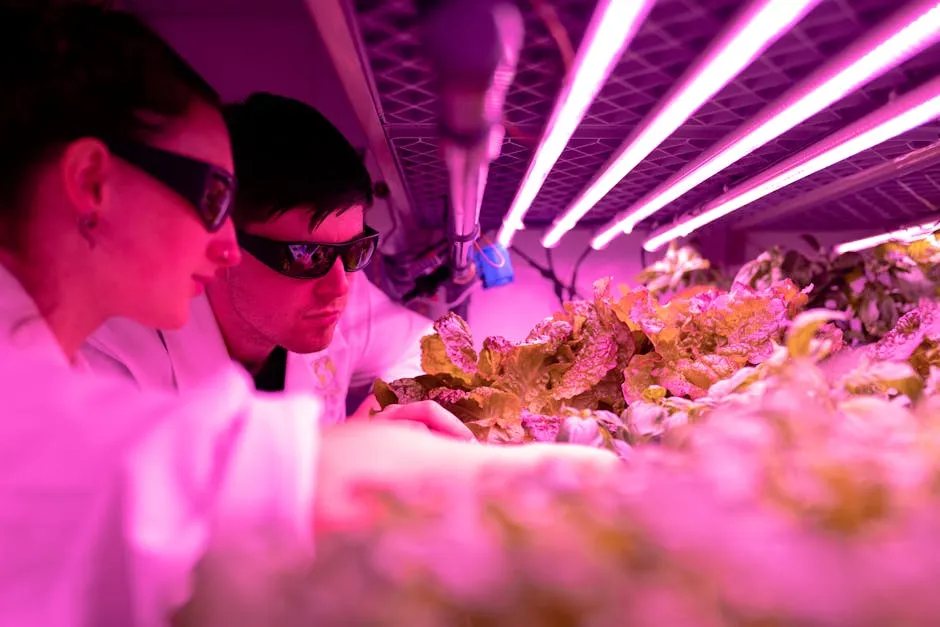
Planning Observations
Defining Objectives
Before conducting observations, establishing clear objectives is crucial. Think of objectives as your guiding star, steering your data collection in the right direction. Define what you hope to achieve, whether it’s understanding consumer behavior or assessing environmental changes. Without clear goals, you might end up collecting data that’s as useful as a chocolate teapot.
A well-defined objective not only streamlines your observation process but also helps in selecting the appropriate methods and tools. For instance, if your goal is to analyze shopping trends, knowing this upfront allows you to focus on relevant behaviors and interactions. Clarity in objectives ultimately enhances the quality and relevance of your findings.
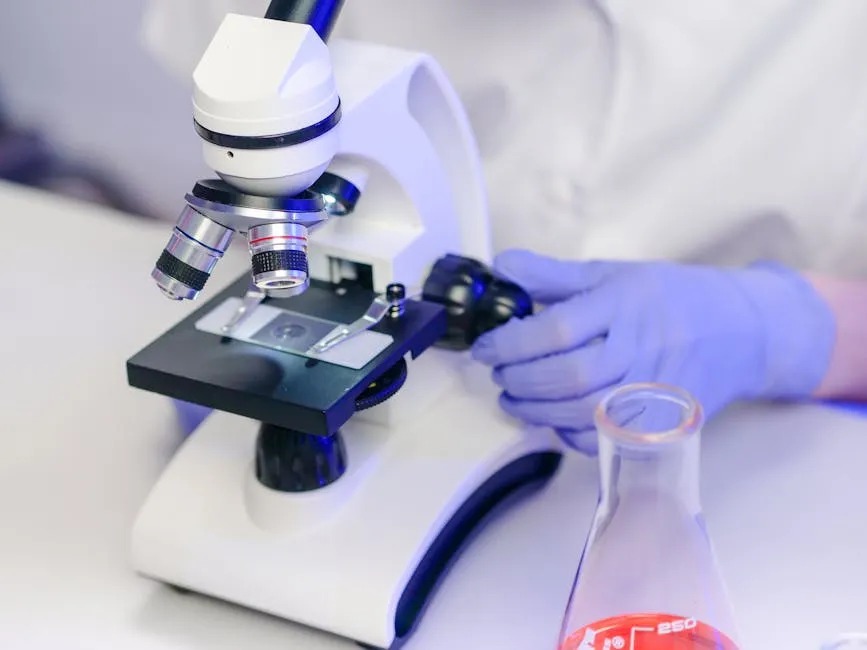
Training Observers
Training observers is essential to minimize bias and errors. Just imagine a world where everyone plays their part without knowing the rules—chaos, right? Well, the same idea applies to observational studies. Well-trained observers can gather data consistently and accurately. Training should encompass how to record observations, recognize potential biases, and understand the context of the study.
Consider a researcher observing classroom interactions. If observers are untrained, they might interpret behaviors subjectively or overlook critical details. Proper training ensures that everyone is on the same page, leading to more reliable and valid data. It’s like giving your data collection team a superhero cape—they’re empowered to do their best work. If you’re curious about practical data science, consider Practical Data Science with R by Nina Zakharenko.

Data Collection Techniques
Tools and Methods
When it comes to data collection techniques, variety is the spice of life! Depending on your study, you might use surveys, direct measurements, or even observational checklists. Surveys can gather opinions from a broad range of participants, while direct measurements provide hard data, like the height of a plant.
Consider using technology to aid your observations. Mobile apps, for instance, can streamline data entry and enhance accuracy. Adopting the right tools ensures that your data collection is effective and efficient, saving you time and hassle down the line. If you’re looking for an excellent resource for Excel, you might want to consider Excel 2021 for Dummies.

Documentation
Thorough documentation of observations is vital for reproducibility. Imagine trying to replicate a recipe without clear instructions—disaster! The same goes for research. Accurate documentation allows others to understand your methodology and findings, facilitating validation and trust in your results.
Create structured documentation practices. Use standardized forms to record observations consistently. Include details like date, time, and context of the observation. This meticulous approach not only enhances the credibility of your study but also serves as a valuable reference for future research.

Analyzing Observations
Statistical Software
Statistical software like R, Python, and Excel can be your best friends when analyzing observations. These tools enable you to process large datasets, perform complex calculations, and visualize your findings. Imagine trying to solve a massive puzzle without the picture on the box—statistical software provides that essential context.
Using these tools effectively can uncover insights that manual calculations might miss. So, whether you’re crunching numbers or generating graphs, embrace the power of statistical software to enhance your analysis. For instance, you can learn about descriptive statistics in Excel to help with your data analysis. If you’re interested in exploring machine learning, don’t forget to check out Machine Learning for Data Science by John Paul Mueller.
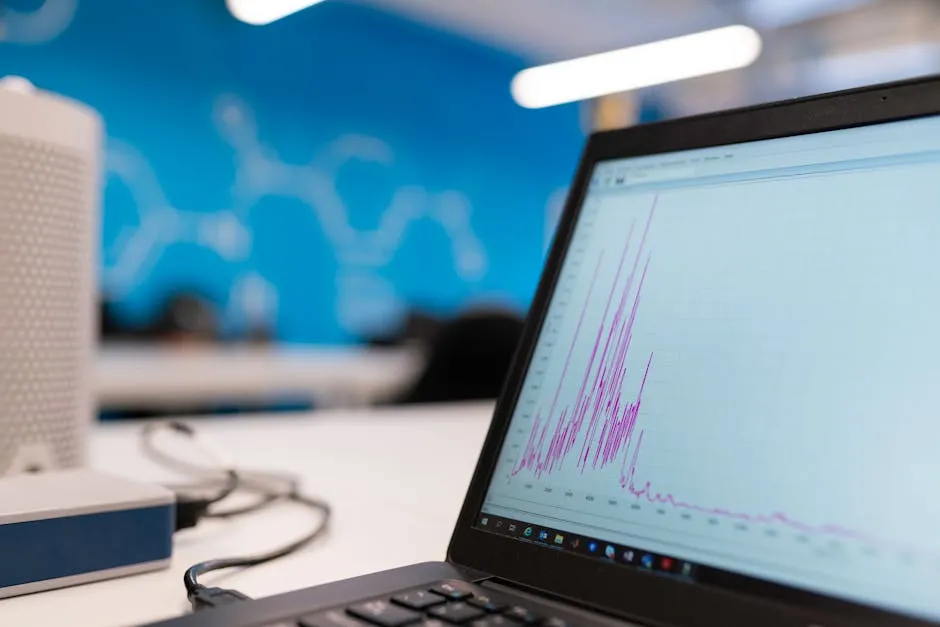
Interpretation of Results
Interpreting and presenting observational data requires finesse. You want to communicate your findings clearly and effectively. Start by summarizing key insights, but remember, clarity is king. Avoid jargon and complex terminology that might confuse your audience. Use visuals, like charts and graphs, to illustrate trends and patterns.
Best practices also include contextualizing your results. Explain the significance of your findings and how they relate to your original objectives. By doing so, you not only share data but also tell a compelling story that resonates with your audience, making your research memorable and impactful. To further enhance your data visualization skills, explore Storytelling with Data by Cole Nussbaumer Knaflic.
Conclusion
Observations are the bedrock of statistical analysis. They provide the raw data needed to draw meaningful conclusions and inform decision-making across various fields. From healthcare to social sciences, the importance of accurate observations cannot be overstated. They serve as the foundation that supports the validity of research findings, shaping policies and practices in the real world.
Clear objectives guide the observation process, ensuring that data collection is purposeful and relevant. Training observers minimizes bias, enhancing the reliability of the data gathered. The tools and methods chosen for data collection can significantly impact the quality of the results, emphasizing the need for thoughtful selection.
Moreover, thorough documentation is essential for reproducibility, allowing other researchers to validate findings. Analyzing observations using statistical software enables researchers to uncover insights that might otherwise remain hidden. Lastly, effective interpretation and presentation of results is crucial for communicating the significance of findings to a broader audience.
In essence, embracing the power of observation in statistical analysis opens doors to understanding complex phenomena. As you embark on your statistical endeavors, remember that each observation is a stepping stone toward greater knowledge and insight, paving the way for informed decisions and impactful research.
FAQs
What is the difference between an observation and a measurement?
An observation refers to a single occurrence of data collection, while a measurement quantifies a specific attribute of that observation. For instance, weighing a turtle is a measurement, but the act of weighing it is the observation.
Can observations lead to biased conclusions? How can this be avoided?
Yes, observations can introduce bias, especially if the observer’s expectations influence data collection. To mitigate this, use standardized protocols, train observers, and consider blind studies where applicable.
What types of errors can occur in observational studies?
Common errors in observational studies include measurement errors, observer bias, and sampling bias. Each can skew results and lead to inaccurate conclusions.
How do observational studies differ from experimental studies?
Observational studies involve watching subjects without any manipulation, while experimental studies actively control conditions to see effects. Observational studies are often more naturalistic, while experimental studies provide stronger causal inferences.
Why are observations critical in social science research?
Observations are vital in social science research as they capture real-world behaviors and interactions. This data informs theories and helps understand societal patterns, driving evidence-based policies and practices.
Please let us know what you think about our content by leaving a comment down below!
Thank you for reading till here 🙂
All images from Pexels
